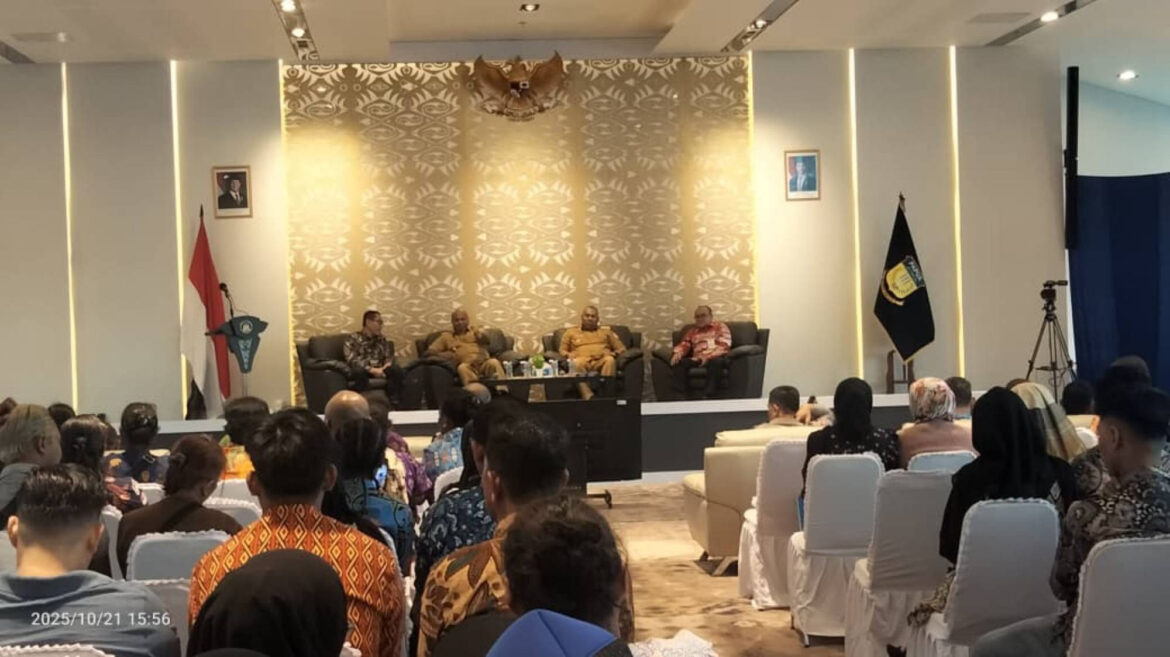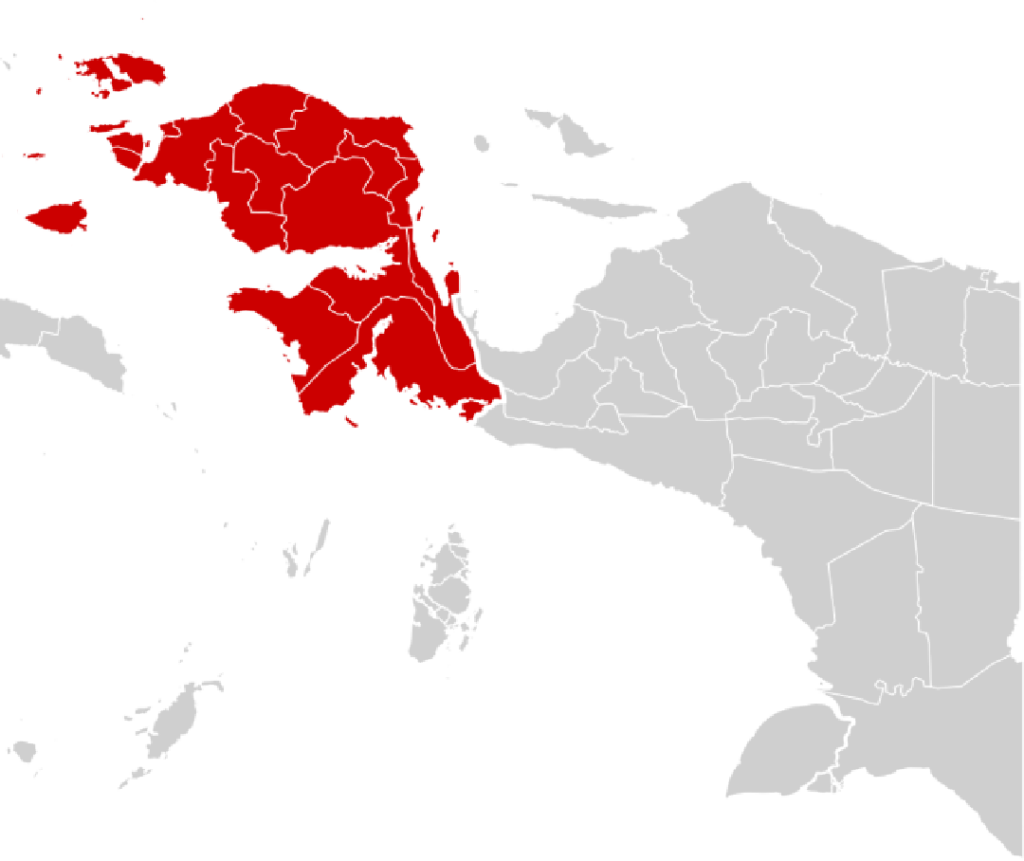In the scenic yet economically challenging provinces of Indonesia’s easternmost region – Papua, West Papua and South Papua – a fresh wave of optimism is sweeping through local micro, small and medium enterprises (MSMEs). The national programme Kredit Usaha Rakyat (KUR) – People’s Business Credit is now being accelerated, targeting grassroots businesses with the twin goals of job creation and inclusive economic growth.
A Strategic Shift Towards the East
On 21 October 2025, the provincial government of Papua marked a significant step: a mass‐signing ceremony of KUR loans for 145 local MSME entrepreneurs. About 50 debtors received loans via Bank Rakyat Indonesia (BRI), 25 via Bank Papua, 25 via Bank Mandiri, 20 via Bank Tabungan Negara (BTN), 20 via Bank Negara Indonesia (BNI) and 5 via Pegadaian.
Governor Mathius D. Fakhiri didn’t mince words: this is more than just loans—“KUR is not the finish line; it is the beginning of a responsibility,” he said, urging recipients to use the funds for expansion, not mere consumption.
He reaffirmed that the provincial government will stand by MSMEs through training, marketing support and mentorship.
A Regional Ecosystem Fueled for Change
The context in this region is critical. MSMEs dominate Indonesia’s business landscape—they form more than 99 % of enterprises, contribute over half of GDP and employ the vast majority of workers. In Papua’s remote, geographically challenging terrain, the hurdles are even greater: infrastructure gaps, low financial literacy, limited formal financing, and logistics constraints. That’s why the KUR scheme is being framed as a key lever of inclusive economic policy—making sure that growth doesn’t remain central‐Java dominated, but touches the outer frontiers.
In South Papua, for example, local authorities have rolled out “mass contracts” aimed at empowering thousands of local business owners, including 3,303 indigenous Papuan‐owned businesses and 1,569 non-indigenous ones. The message: local MSMEs must become engines of livelihood and employment.
Meanwhile, in West Papua, BRI has set an ambitious target for 2025: Rp 313.72 billion (~US$20 m) in KUR disbursements through its three regional branches in Manokwari, Teluk Bintuni and Fakfak.
Yet by mid-October the actual disbursement stood at only Rp 147.77 billion to 2,842 debtors, revealing significant implementation headwinds.
What Does This Mean for Jobs and Welfare?
The logic behind this effort is straightforward: by enabling MSMEs to access affordable credit (with subsidised interest rates, minimal collateral requirements and streamlined procedures in many cases), local entrepreneurs can scale their activities—invest in equipment, inventory, value-adding processes, marketing—thus creating more employment opportunities for their community. Governor Fakhiri emphasised this by saying the funds “must be used productively … to open up new jobs.”
In remote areas of Papua, where formal sector employment is limited and many households depend on subsistence activities or informal trade, enabling MSMEs to mature into sustainable enterprises can mean more stable income, fewer under-employment traps, and stronger local consumption cycles. That, in turn, helps lift welfare and reduces regional disparity. The provincial government’s commitment to providing mentoring and marketing linkages adds an essential dimension—not simply providing credit, but helping ensure the credit is used well.
Challenges: Why Implementation Lags
Despite the good intentions, real-world obstacles remain. In West Papua the 2025 disbursement is already lagging. The head of BRI’s Manokwari branch, Pradipta Dodi Nugroho, points to several roots of the problem: many MSMEs still lack understanding of credit administration; some have a history of bad credit; others are deterred by fears of debt or the paperwork burden.
Another factor: regulatory tightening. The Government’s new regulation (Permenko No.7/2025) has made eligibility criteria for KUR stricter, which, while improving targeting, may have slowed disbursement.
Moreover, the rise of fintech/online loans offers speed and convenience, but may pose risks of over-indebtedness. BRI warns that this is drawing some MSMEs away from the official KUR route.
In Papua province earlier, local officials cautioned that some recipients might misuse funds for consumption—not investment—if not adequately guided. That risk undermines the aim of job creation and business growth.
Towards a Sustainable Blueprint
What’s crucial is that the credit does not remain isolated as a one-off injection, but becomes part of a broader ecosystem of MSME development. The success blueprint looks like this:
- Access to credit via KUR with affordable interest and low collateral.
- Business development services: mentoring, training in business management, bookkeeping, marketing, accessing digital tools.
- Market linkages: support in connecting MSMEs to supply chains, local/regional fairs, e-commerce.
- Monitoring & mentoring: ensuring funds are used for productive investment (e.g., expansion, new product lines) and not diverted to consumption.
- Inclusive design: attention to remote districts, indigenous entrepreneurs, women-run businesses, logistics support.
- Data and evaluation: tracking employment created, business growth, repayment rates, and spill-over local economic impact.
The Papua provincial government has indicated its commitment to this—offering not just the credit but the institutional support for MSME upgrading.
If fulfilled, this model could help transition local micro-enterprises into formal small enterprises, generating stable jobs, raising per-capita income and enhancing regional economic resilience.
The Bigger Picture: Growth, Equity and Opportunity
From a macro-policy standpoint, the push in Papua reflects Indonesia’s broader goal of inclusive growth—ensuring that even frontier areas participate in the economic transformation. The fact that the national government is channeling KUR into Papua signals political will to reduce regional disparities. For local communities, the stakes are high: a growing MSME sector means less dependence on extractive industries, more local livelihoods, and greater stability.
Consider the symbolic import: in a region known for rugged terrain, remote villages and logistical difficulties, empowering local entrepreneurs means enabling people to “earn at home” rather than migrate or rely solely on government support. Jobs created locally have multiplier effects—workers spend locally, supply chains develop, local services grow. Thus, credit becomes not just a loan, but a catalyst for broader economic ecosystems.
Outlook: Will It Deliver?
There’s cause for cautious optimism. The institutional framework is in place: banks are on board, local governments are committed, and the national agenda supports the strategy. But the evidence from West Papua shows that targets can be hard to reach. The key variables will include: how easily MSMEs can access the credit (i.e., paperwork, eligibility), how well the mentoring and support systems function, how effectively the funds are used for business growth (not consumption), and how the infrastructure/logistics constraints of remote Papua are mitigated.
If the programme succeeds—even partially—the ripple effects could be significant: more jobs, higher household incomes, stronger local economies, less economic migration and a narrowing of the regional development gap. As Governor Fakhiri phrased it, this isn’t just about “giving credit” — it’s about providing the launch-pad for enterprise, dignity and local prosperity.
Conclusion
In a land of vast natural resources, majestic landscapes and rich cultural heritage, the provinces of Papua, West Papua and South Papua now face a compelling economic frontier of their own: empowering their people through enterprise. The KUR programme—if implemented with care, fairness and diligence—offers a tangible path. It may well prove to be a turning point for local MSMEs, jobs and welfare. For the thousands of entrepreneurs who step forward to invest, to expand and to hire, the message is clear: growth is within reach—but it will require not only access to funds, but access to support, markets and a vision of what “business at home” can look like.


